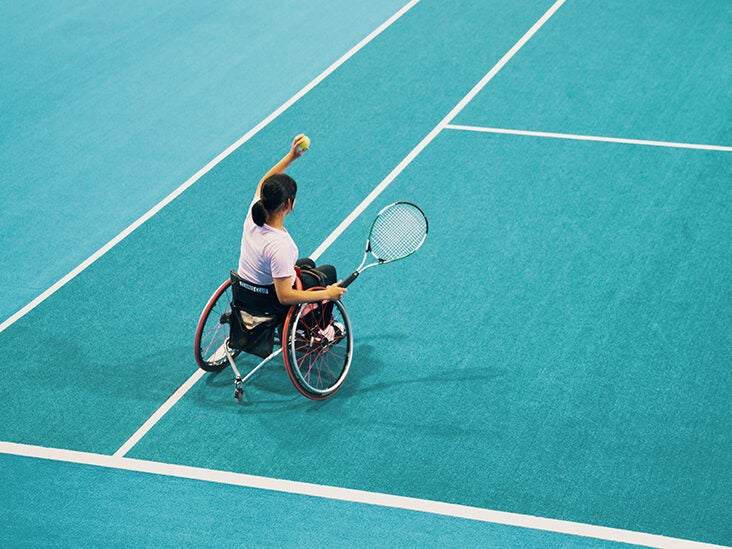
Many sports and media are interrelated. In the United States, sports leagues are responsible for paying large sums of money to broadcasters and media enterprises. These companies can then recover these costs by selling advertising during sports shows or games.
In the 1950s, sports became more popular and television coverage increased. Due to this increased interest, the cost of broadcasting sports was prohibitive. Museum of Broadcast Communications cites as an example that networks spent $50 million in 1970 to broadcast National Football League games.
In the 1970s the cost of televising sport was increasing at an exponential rate. Advertisers could benefit from increased costs for sports programming by the networks. The market for such programming was largely saturated by the 1980s. However, in 1985, three major networks aired fifteen hundred hours of sports.

Gillette Cavalcade of Sports, which ran between 1954 and 1985, was one of TV's most popular sports programs. It was a twenty-year experiment sponsored by a single corporation. The Gillette marquee was removed by networks, who replaced it with advertisements for sports.
Another notable sports program was the World Series of baseball. Each team would be awarded millions of dollars worth of prize money. The networks would also earn huge amounts in advertising revenue. Fox, in particular, made $20 million for each game in the 2002 World Series.
In the past decade, sports media has experienced significant change. In the past decade, distilled spirits and hard liquor have become increasingly prominent on sports television. Television has seen more beer commercials than ever before. Women have also been used as props to show sex appeal. However, sports media has decreased its shock value since 2004.
One of the most important factors in the success of sports media is the size of the audience. In 2005, Boys to Men and a national research agency found that 98% US teenage boys watch some form of sports-related television. Basketball, baseball, golf, and football were the most viewed programs.

While sports were getting more time on television, many programs saw a decrease in viewership. The number of viewers for male sports decreased by 6% between 1990 and 2000, particularly in the latter half of the century. Despite this, the number of viewers for a single sport was still quite impressive, particularly for soccer and football.
Many other media outlets are trying to capitalise on the youth wave. ESPNU was launched in March 2005 by the college-only channel. Fox introduced FuelTV, an updated digital cable channel that targets younger audiences, in recent years.
Sports programming has existed for a while, but it has only been in the last ten years that it has been back on primetime television. This growth has been driven by increased public interest as well as better coverage of events.
FAQ
How can exercise and nutrition help you live a healthier life?
Exercise helps you to stay healthy, lose weight, gain muscle mass, and reduce stress. Nutrition is critical for energy and mood. To live longer, you should eat less meat, moderate your alcohol intake, stop smoking, and get regular exercise.
What Does Nutrition Do for Your Body?
By providing all the nutrients necessary for growth and development, nutrition helps your body function well. A balanced diet that includes plenty of fruits, vegetables, lean protein, whole grains, healthy fats, and lean proteins is the best way to ensure you get adequate nutrition.
Can I exercise after eating?
It depends on the exercise you do. Avoid strenuous exercises after meals. It could cause stomach cramps. Focus on light aerobic activities such as biking or brisk walking.
Which is more important: Exercise, diet, or sleep?
What you are looking to accomplish will determine the answer. It is important to lose weight. If you are looking to build muscle mass, however, exercise is the best option. Sleep is the last important factor, as it has little to do with how well your day goes.
Is it possible for one to be too thin?
Yes! Both being underweight and having an eating disorder can be dangerous. It is not normal to be less than your ideal weight. You may also feel tired, weak, dizzy, and experience other symptoms that could indicate being underweight.
Statistics
- An estimated 110,000 deaths per year could be prevented (cdc.gov)
- Physical activity confers the following maternal and fetal health benefits: a decreased risk of pre-eclampsia, gestational hypertension, gestational diabetes (for example, 30% reduction in risk) (who.int)
- Adolescent girls were less active than adolescent boys, with 85% vs. 78% not meeting WHO recommendations of at least 60 minutes of moderate to vigorous intensity physical activity per day. (who.int)
- One study showed that adults who watch more than 4 hours of television daily had an 80% higher risk of death from cardiovascular disease. (heart.org)
External Links
How To
How to Stay Fit at Age 40
This article is for those who want their body to be strong and healthy even after they turn 40. It includes basic advice on how you can eat right, exercise regularly, get enough sleep, and take good care of your mind. This article contains tips and tricks to live longer, healthier lives.
-
Eat right - It is important to eat the right food when you are trying to lose weight. You should steer clear of processed food products, and eat whole grains and fruits, vegetables, lean proteins, fish, eggs, nuts, seeds, beans and legumes. Don't be afraid to change your diet if the food you are eating is not what you prefer. You don't have to eat a lot. This won't help you lose any weight. Instead, add small amounts more variety to your daily menu. For example, if you normally only eat chicken breast, try turkey once weekly. You might also enjoy rice if you like pasta. Try to incorporate these types of foods into your diet so that they become part of your everyday life.
-
Exercise - When exercising, make sure you work out at least three times a week. Include cardio activities such walking, running swimming biking, cycling, and dancing. Rest is also important. Sleeping for 8 hours per night is recommended. Make sure to drink lots of water throughout your day. Try to drink 2 liters (0.5 gallons) of water every day.
-
Sleep Well - Proper sleep is crucial for staying healthy. The National Sleep Foundation states that adults need 7-8 hours sleep per night to be in good physical and mental health. However, most people average less than 6 hours of sleep per night. Changes in your sleeping habits can make you more tired. You can catch more sleep by changing your sleeping schedule so that you go to bed earlier or wake up later. Additionally, try turning off your phone before going to bed so that you can wind down and relax. Avoid caffeine after noon. It can cause insomnia.
-
Take Care of Your Mental Health - Taking good care of your mind is crucial for keeping your body healthy. Stressful situations can lead to poor eating habits and unhealthy lifestyle choices. Meditation, yoga, breathing exercises and relaxation techniques are all good stress management tools. Spend one hour doing something you enjoy. This could mean taking a walk outside, playing sports, reading a book, listening to music, watching TV, etc.
These four simple steps will help you live a longer, healthier life. These four steps can help you achieve your fitness and health goals.